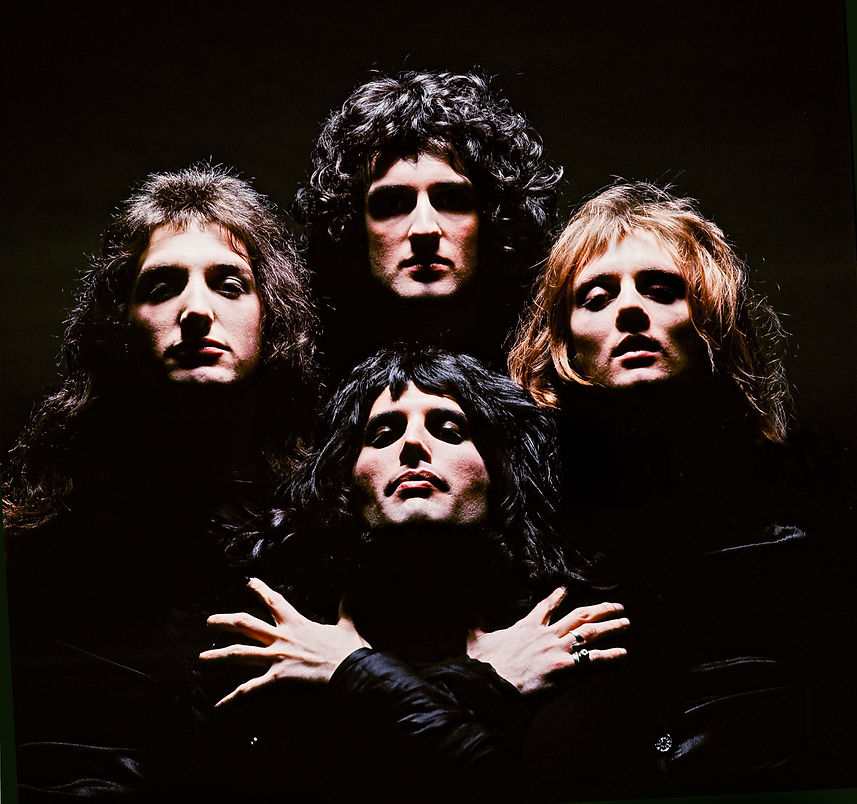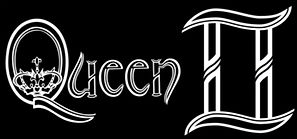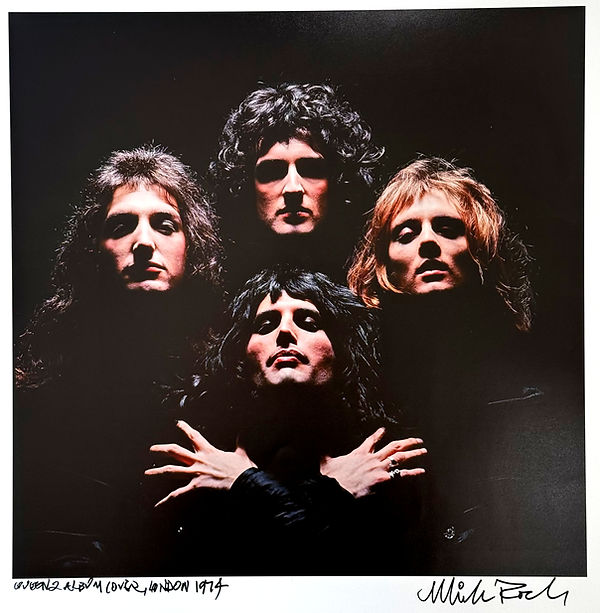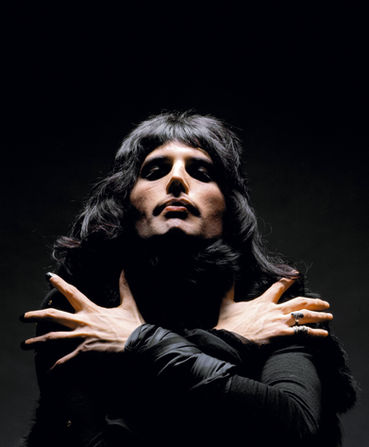

QUEEN II: The Bohemian Rhapsody
Album Cover by Mick Rock
50th Anniversary Tribute
Fifty years ago, Mick Rock captured Queen in one of the most iconic album covers in rock history: Bohemian Rhapsody. Known as “the man who shot the seventies”, Mick Rock’s images froze in time the energy, charisma, and boldness of a band that was about to change music forever.
This tribute brings together original vintage prints and rare photographs celebrating the unique collaboration between a visionary photographer and one of the most influential bands of all time. A journey back to the heart of Queen and the artistic eye of Mick Rock, five decades later.

Artworks

Original Work by Mick Rock – Limited Edition
This exceptional archival pigment print (16x20 inches) stands out as one of Mick Rock’s most unique creations.
• Signed and handwritten by Mick Rock on the front – unlike any of his other works on the market, which typically feature only his signature and edition number.
• Copy 1 of 5 – with only the last 2 prints now available for purchase.
This special edition was created by Mick Rock himself exclusively for his personal archives, making it a rare opportunity for collectors to own a truly one-of-a-kind piece by the legendary “Man Who Shot the Seventies.”


Although this piece comes in a smaller format, it is truly special. Mick Rock created only five of these prints, personally overseeing the framing with a custom mat (passepartout).
Measuring 8x8 inches, this edition offers a unique opportunity to own an original version of one of his most iconic images — a rare collectible from the legendary Mick Rock.
'Of course, Queen told me right up front that they were destined for success, that bright afternoon in the autumn of 1973 when we first met ... Yet they were completely unknown and I hadn't a clue how they sounded. Then they played me the Queen Il acetate, and I recognised at once whence came their confidence.
This was something special. It was a fast and very potent seduction. I was primed for some serious rock'n'roll collusion' - Mick Rock
Mick Rock on the Iconic Photograph
The second studio session was the one that produced the image that became almost like a photo-logo for Queen. It was shot for the cover of their second album, but was recreated for the video for what would become their most acclaimed track “Bohemian Rhapsody.” It certainly projects very big. I’ve often called it their “Four Horsemen of the Apocalypse” image! Freddie and I loved it from the start, but it took a bit of arm bending on Freddie’s part to get the other three to acquiesce. They thought they might get bitten by the pretentious criticism again, which of course only fuelled Freddie’s enthusiasm. Freddie connected with Zandra Rhodes and that whole black and white theme. My brief for the cover of Queen II was exactly that: they wanted to feature the band and it was to be a black and white concept. That’s when I came across the Kobal Collection. I had a Canadian friend called John Kobal, who had a large collection of Hollywood stills. I connected with him. At an exhibition of his archive pictures, he suggested making an exchange. In return for me taking the liner portrait for his new book, he would give me prints from his collection. These photos included Marlene Dietrich in the film Shanghai Express. Although it isn’t easy to explain, I made an instant connection in my mind to Queen. It had something to do with Freddie’s personality and the general aura of the group, which was something outrageous and yet at the same time magnificent. And there I was staring at the very essence of it in this movie still. I’ve always been up front about where I got the idea for the cover shot: Marlene Dietrich. It was unique. No other shot in my thousands of photographs was influenced in this way. I acquired the print, and then in a secondhand shop found a book on Marlene Dietrich, which had the same shot on the cover. I bought it to show to Freddie: “Look at this. I know that this has got to be it.” He knew immediately that he wanted to be Marlene, and that we’d figure everything else out around that. We talked to the rest of the group and they were interested, but they also wanted a shot where they were all dressed in white against a white background. I wanted to get the same “hooded” shadow on all of them and this necessitated using a completely different form of lighting from normal. We had to light all four of them at the correct angle. A half inch one way or another would destroy the way the hood went over the eyes so I had to try to control them. I made a lot of little adjustments to the lighting during the shoot. Sometimes their eyes were a little less hooded and in some frames you can see the buttons on their black shirts more clearly. The way the band was lined up for the shot seemed obvious from the start. Of course Freddie as the front man would take the “Dietrich” pose with the hands and be upfront. Brian was the tallest, but also with his hair being wild and wavy it made symmetrical sense to put him at the back. Roger and John’s hair had a similar length and look, so they balanced off the image at the sides, although if you check the multitude of frames out you’ll see that they have changed sides in different variations. It was all about the hair. The arrangement had no other significance. If Roger’s hair had been thick and wavy and Brian’s had been straight, Roger would have been at the back. We did attempt some shots with Brian with his head right back but that wasn’t easy. Everyone was nervous. It was only their second ever studio photo session. The guys were still learning when it came to pictures. They fidgeted the whole time, and kept running up and down the ladder getting their hair and makeup right. They were always running back to look in the mirror. It wasn’t just Freddie, they were all at it. In the middle of this performance with the mirrors and the make up, I would stop to do my headstands! They always joked about my yoga obsession. They found it very amusing. Freddie even liked to playfully pat my posterior while I was in an inverted position. They put a lot of work into the shoot on the day, and they were very enthusiastic to get it right. When we printed up the pictures they started to get a little anxious, particularly when they remembered the NME remarks about the topless pictures. They could see how strong the black shadow was, but they were worried that it was maybe a little too strong. I could understand why they were a little sensitive; they didn’t want the image to get in the way of the music.












